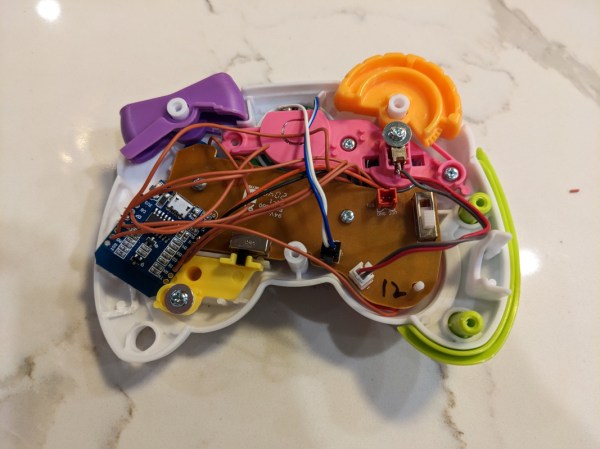We’ve talked a few times here about the issues with the CVSS system. We’ve seen CVE farming, where a moderate issue, or even a non-issue, gets assigned a ridiculously high CVSS score. There are times a minor problem in a library is a major problem in certain use cases, and not an issue at all in others. And with some of those issues in mind, let’s take a look at the fourth version of the Common Vulnerability Scoring System.
One of the first tweaks to cover is the de-emphasis of the base score. Version 3.1 did have optional metrics that were intended to temper the base score, but this revision has beefed that idea up with Threat Metrics, Environmental Metrics, and Supplemental Metrics. These are an attempt to measure how likely it is that an exploit will actually be used. The various combinations have been given names. Where CVSS-B is just the base metric, CVSS-BT is the base and threat scores together. CVSS-BE is the mix of base and environmental metrics, and CVSS-BTE is the combination of all three.
Another new feature is multiple scores for a given vulnerability. A problem in a library is first considered in a worst-case scenario, and the initial base score is published with those caveats made clear. And then for each downstream program that uses that library, a new base score should be calculated to reflect the reality of that case. Continue reading “This Week In Security: CVSS 4, OAuth, And ActiveMQ”
















